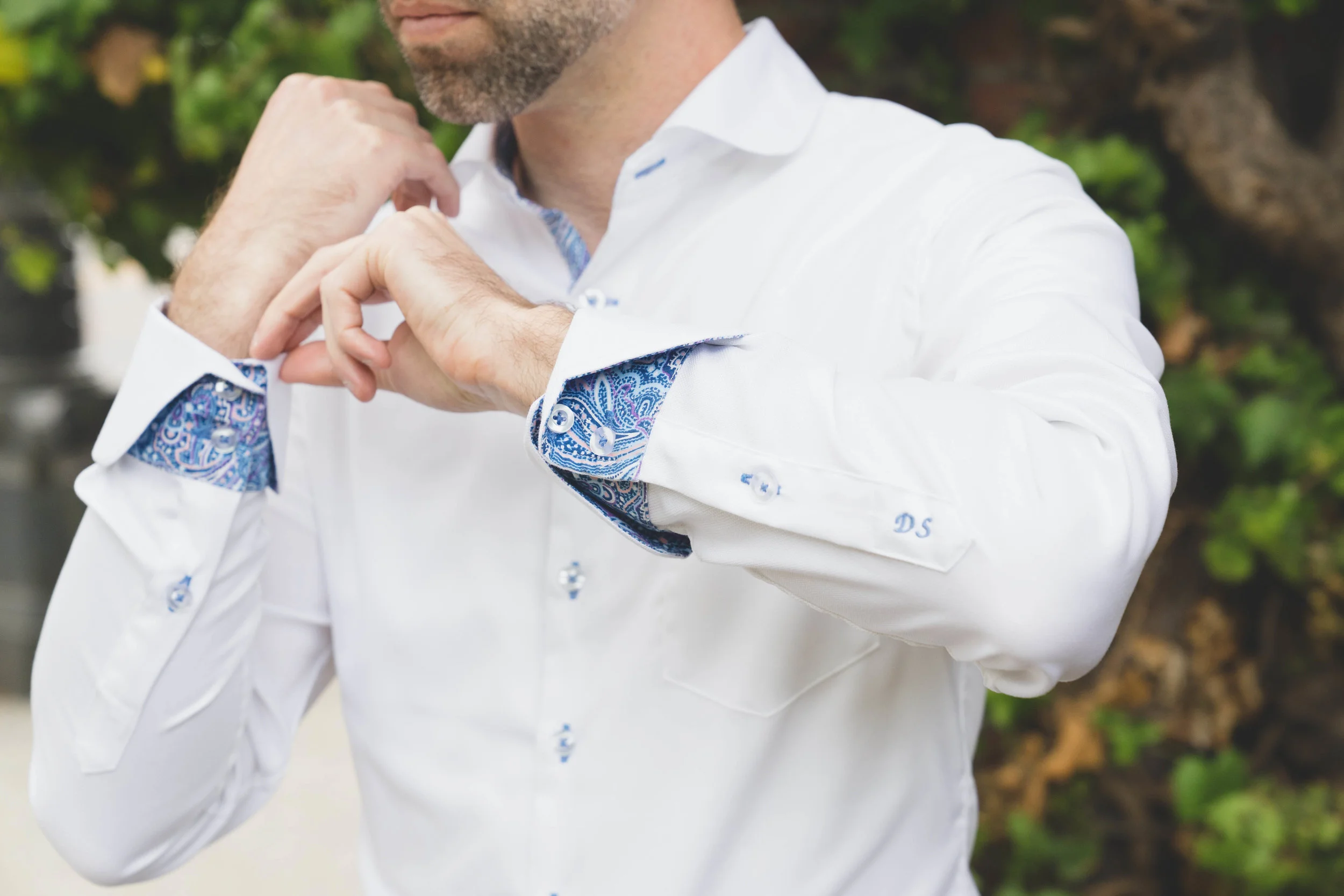Buying a Tailor Made Shirt - Part 1 Fabric Selection
As you saw from this page, the tailors we work with have way more fabric for you to choose from as compared with the competition - more than 800 choices!
With hundreds of fabric choices available, it can seem overwhelming when it comes time to make fabric selections for your tailor made shirts. However, with a little preparation and with some on-the-ground guidance from your tailoring expert at Tailor Made Shanghai, you can rest assured that you will make the right choices.
First things first - what kind of shirts are you looking for and where are you going to wear them? Are you looking for shirts to wear to work, out on the town, or just casual every day shirts? Do you want something with lightweight fabric or something a bit heavier?
To answers the questions above, it's best to have a basic knowledge of the 3 main attributes of shirts: fiber type, weave type, and yarn characteristics.
Primary fiber types:
Cotton
best overall quality, breathes easily but wrinkles easily
Very soft and comfortable, looks natural
Blended
provide good warmth and usually is wrinkle free
not as comfortable nor breathable as cotton (avoid on hot summer days!)
Linen
wrinkles easily
breathes easy (great for summer!)
Primary weave types:
Poplin/broadcloth:
durable, long-lasting, thin and breathable
smooth look, looks nice and professional
crisp look when ironed
Twill (varieties include herringbone):
distinctive diagonal weave
softer, thicker, doesn't wrinkle easily
harder to clean if stained
Oxford (varieties include pin point):
unique, checkerboard appearance
slightly rougher texture but more durable than most
thicker and warmer, popular as a casual shirt
End-on-end
similar to poplin but with 2 different colored threads
has a heathered appearance
breathable, durable, soft
Pinpoint (pinpoint oxford):
similar to oxford but with finer yarn and tighter weave
heavier and durable, warm but breathes well
opaque (not transparent)
Yarn characteristics:
Thread count:
most dress shirt fabric ranges from 40-160
higher thread count usually means smoother, silkier, more expensive fabric
lower thread count can mean a heavier fabric, good for cooler weather
Ply:
used to describe the number of yarns that are spun together in the shirt fabric
Single ply can be good for casual shirts (lighter, more breathable fabric)
2-ply is typically better, has a smoother, more crisp hand feel
While many of the terms above can seem a bit technical, it's a good idea to have some general knowledge of shirt fabrics before you make your selections.
Interested to see what kind of clothes you can have made during your Shanghai trip? Go here to see examples of what past trip participants bought.
Stay tuned for the next blog post in this series, which will be titled "Buying a Tailor Made Shirt - Part 2: Collar Selection".




